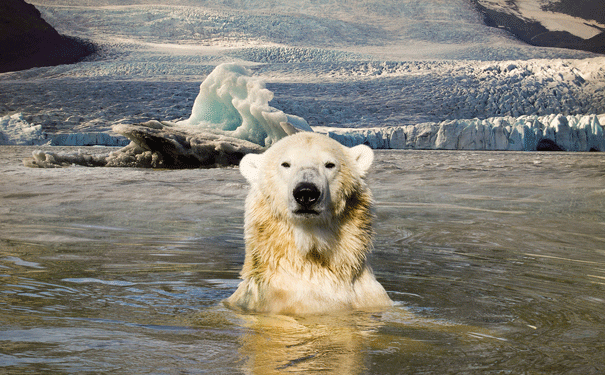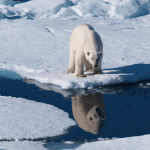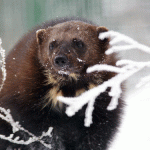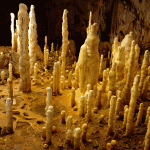
Polar bears are specialised for life in the Arctic. Image: Shutterstock
Polar bears have actually been around for five times longer than previous studies suggested.
Polar bears diverged from their closest relatives approximately 600,000 years ago, according to an international study. The findings from the study published in Science suggest the species is about five times older than scientists previously thought.
Other studies have mainly focused on mitochondrial DNA (mtDNA), which only comprises a small portion of the entire genome and suggested that polar bears evolved from a type of northern brown bear 150,000 years ago.
“Our study does show that, contrary to what was thought earlier, the last common ancestor of brown and polar bears lived a long time ago, 600,000 years,” lead author Dr Frank Hailer from the German Biodiversity and Climate Centre said.
Hailer and his colleagues examined DNA from the nuclear genome to see whether it told the same story as mtDNA. “The nuclear genome carries a huge array of genetic material — for us evolutionary biologists, this is like opening a new book,” he said.
“We decided to study independently inherited genetic markers from the nuclear genome to get a novel and independent view on the evolutionary history of polar bears.”
Regions of the nuclear genome indicated that polar and brown bears are much older than previously assumed and diverged from a common ancestor. The polar bears also have less genetic diversity than the brown bears, possibly due to population reductions in the past.
The bears’ divergence coincided with a major cooling event during the Pleistocene period. “This could be coincidental, but it is tempting to relate the appearance of polar bears to this cold climate, 600,000 years ago.”
A lot of suitable land would have been available, once the polar bears adapted to living in the cold conditions. During the cooling event, the global extent of sea ice would have been much larger than it is today.
The bears would also have had more time to adapt to arctic conditions than previously assumed. By diverging earlier, polar bears would have been able to slowly adjust to the changing climate.
Consequently, they may not be able to easily adjust to rapidly changing climatic conditions.






